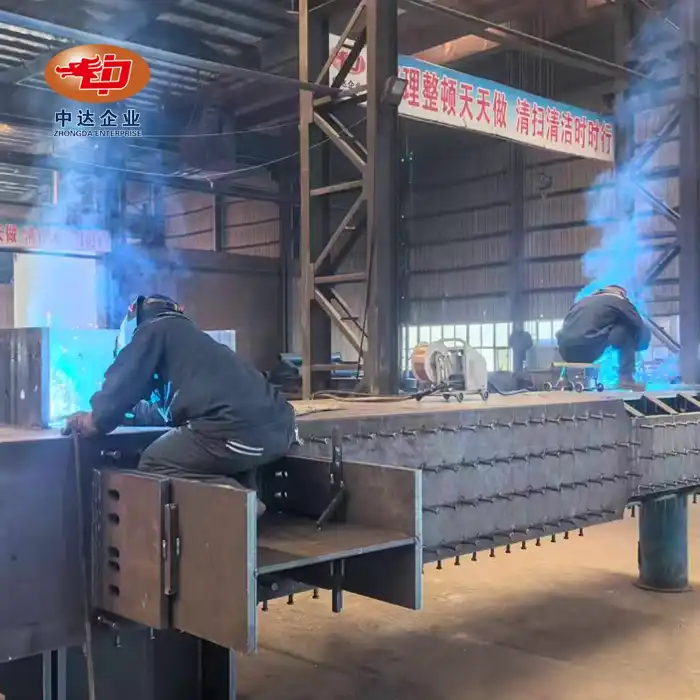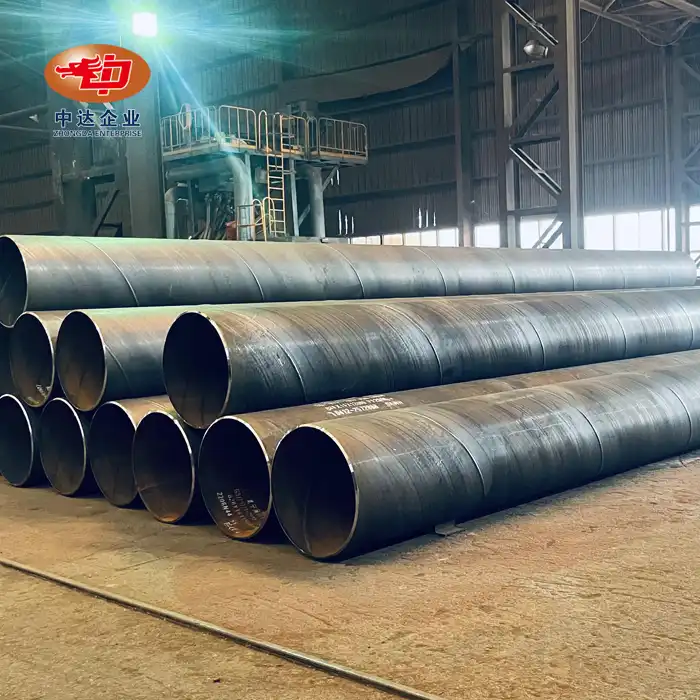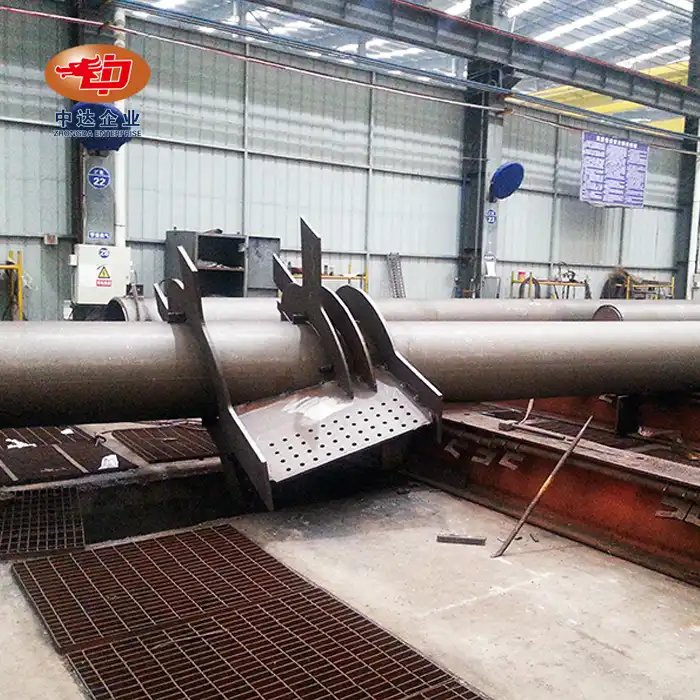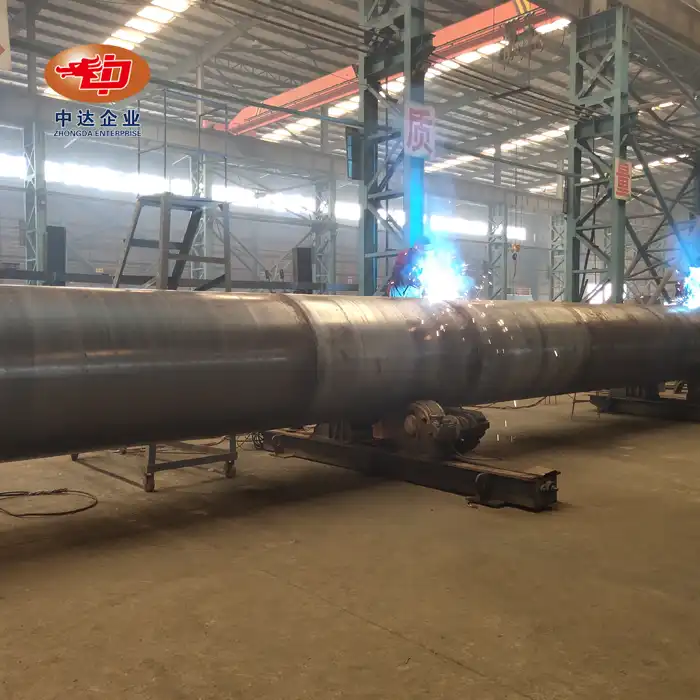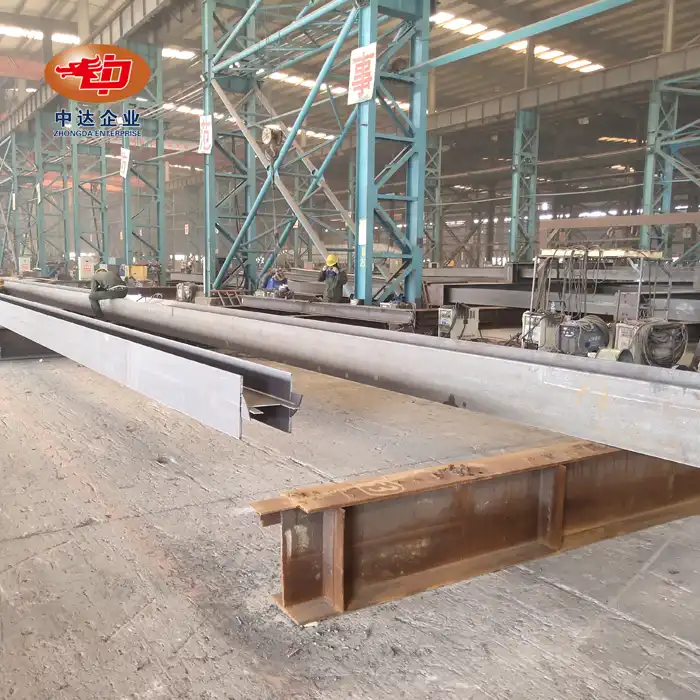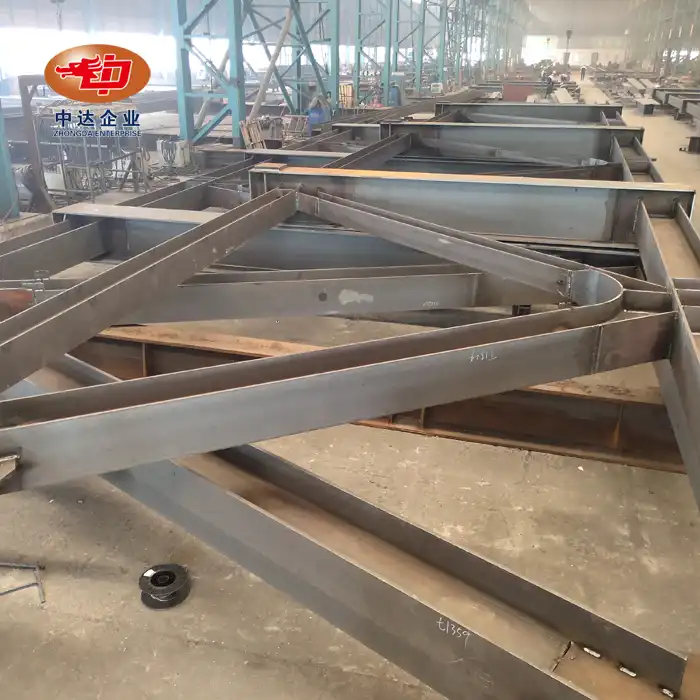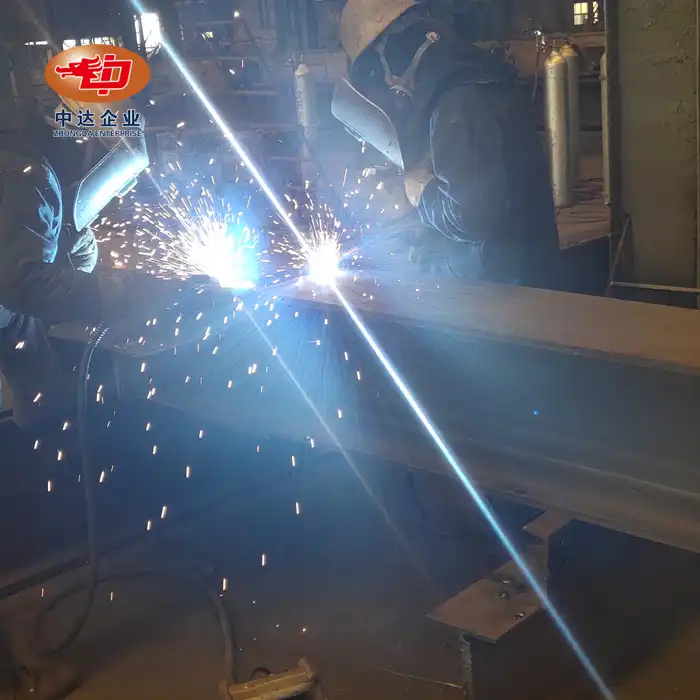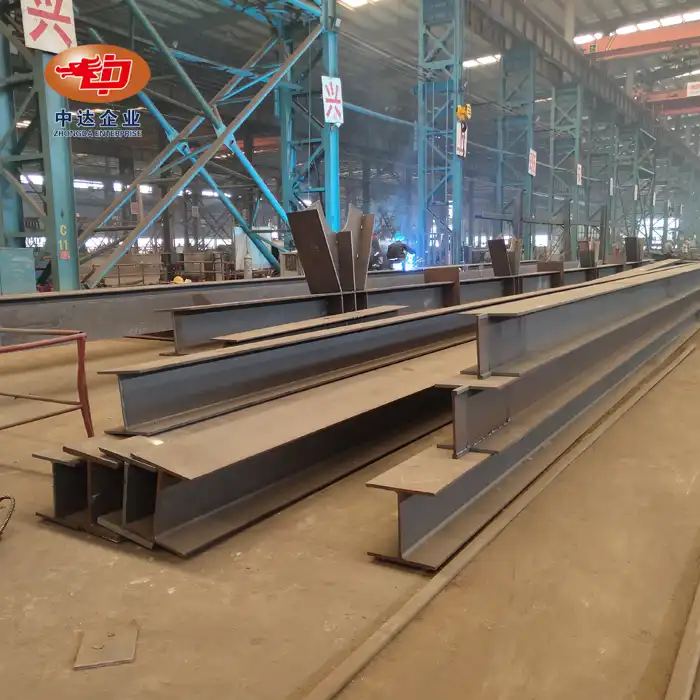The Evolution of Steel Structure Stadiums
Historical Perspective on Stadium Construction
Stadium construction has come a long way since the days of ancient amphitheaters. Early stadiums were predominantly built using stone and concrete, materials that while durable, lacked the versatility and efficiency of modern alternatives. The introduction of steel in construction during the Industrial Revolution marked a turning point in stadium design. Steel's strength-to-weight ratio and malleability opened up new possibilities, allowing for larger spans and more complex architectural forms.
Advantages of Steel in Modern Stadium Design
Today, steel structure stadiums represent the pinnacle of sports architecture. Their benefits are numerous:
- Structural Integrity: Steel's high tensile strength allows for expansive, column-free spaces that offer unobstructed views for spectators.
- Flexibility: The modular nature of steel components enables easy modifications and expansions to meet changing needs.
- Speed of Construction: Prefabricated steel elements significantly reduce on-site construction time, a crucial factor for event-driven deadlines.
- Cost-Effectiveness: Despite initial material costs, the overall project expenses are often lower due to faster construction and reduced labor requirements.
- Sustainability: Steel is highly recyclable, contributing to the circular economy and reducing the environmental impact of construction.

Innovations in Steel Stadium Technology
Recent advancements have further enhanced the capabilities of steel structures in stadium construction:
- High-Performance Alloys: New steel alloys offer improved strength and corrosion resistance, extending the lifespan of structures.
- Smart Design Software: BIM (Building Information Modeling) and advanced CAD systems allow for precise design and optimization of steel components.
- Weathering Steel: Specialized steel that forms a protective rust-like appearance, eliminating the need for painting and reducing maintenance costs.
These innovations, combined with Zhongda Steel's cutting-edge manufacturing capabilities, including our 100-ton bridge cranes and -60°C Weathering Steel Anti-corrosion Technology, position steel as the material of choice for sustainable stadium construction.

Sustainable Practices in Steel Structure Stadium Construction
Eco-Friendly Material Sourcing and Production
Sustainable stadium construction begins with responsible material sourcing. Modern steel production emphasizes:
- Recycled Content: Many steel components contain a high percentage of recycled materials, reducing the demand for virgin resources.
- Energy-Efficient Manufacturing: Advanced furnaces and production techniques minimize energy consumption and emissions during steel production.
- Local Sourcing: Utilizing locally produced steel reduces transportation-related carbon emissions.
Zhongda Steel's ISO 14001 certification underscores our commitment to environmentally responsible manufacturing practices, ensuring that our steel structure stadium components are produced with minimal ecological impact.
Energy-Efficient Design Strategies
Steel structure stadiums offer unique opportunities for energy-efficient design:
- Natural Ventilation: The open nature of steel frameworks allows for innovative ventilation systems that reduce reliance on artificial cooling.
- Daylighting: Large spans enable the integration of skylights and translucent panels, minimizing the need for artificial lighting during daytime events.
- Solar Integration: Steel roofs provide ideal platforms for photovoltaic panels, turning stadiums into power generators.
By leveraging these design strategies, modern steel stadiums can significantly reduce their operational energy footprint.
Water Conservation and Management
Sustainable stadium design extends to water resource management:
- Rainwater Harvesting: Steel roofing systems can be designed to collect and store rainwater for non-potable uses like irrigation and toilet flushing.
- Greywater Recycling: Integrated systems can treat and reuse water from sinks and showers for landscape maintenance.
- Efficient Fixtures: Low-flow plumbing fixtures reduce water consumption without compromising functionality.
These water-saving measures not only conserve resources but also lower operational costs over the stadium's lifetime.
Case Studies: Successful Sustainable Steel Structure Stadiums
Olympic Stadium Innovations
Recent Olympic Games have showcased remarkable advancements in sustainable steel structure stadiums:
- London 2012 Olympic Stadium: Featuring a lightweight steel roof and recycled materials, this venue set new standards for sustainability in Olympic construction.
- Tokyo 2020 Olympic Stadium: Incorporating locally sourced timber with an innovative steel frame, this stadium blended traditional Japanese aesthetics with modern eco-friendly design.
These projects demonstrate how steel structures can meet the demanding requirements of global sporting events while prioritizing environmental responsibility.
Community-Focused Sustainable Stadiums
Smaller-scale projects are also embracing sustainable steel construction:
- Eco Park Stadium, Forest Green Rovers FC: This all-wood stadium design incorporates steel connections for structural integrity, showcasing how hybrid materials can create truly sustainable venues.
- Ras Abu Aboud Stadium, Qatar: Built for the 2022 FIFA World Cup, this modular steel structure can be completely disassembled and repurposed, setting a new benchmark for adaptable stadium design.
These examples illustrate how steel structure stadiums can be tailored to community needs while maintaining a strong focus on sustainability.
Retrofitting Existing Stadiums for Sustainability
Sustainability efforts aren't limited to new construction. Many existing stadiums are being upgraded with steel elements to improve their environmental performance:
- Amsterdam Arena: The addition of a steel-framed roof supporting solar panels transformed this venue into an energy-neutral facility.
- Melbourne Cricket Ground: A comprehensive retrofit including steel rainwater collection systems and energy-efficient lighting has dramatically reduced the stadium's resource consumption.
These retrofits showcase the versatility of steel in enhancing the sustainability of existing sports infrastructure.
Conclusion
Sustainable stadium construction using steel structures represents a harmonious blend of architectural innovation and environmental stewardship. By leveraging the strength, flexibility, and recyclability of steel, modern stadiums are setting new benchmarks in eco-friendly design and operation. From energy efficiency to water conservation, these venues demonstrate that high-performance sports facilities can coexist with sustainable practices. As we look to the future of stadium construction, steel structures will undoubtedly play a pivotal role in creating spaces that not only thrill spectators but also respect and preserve our planet's resources.
Contact Us
Ready to elevate your stadium project with cutting-edge steel structure solutions? Partner with Zhongda Steel for unparalleled expertise in sustainable stadium construction. Our ISO-certified manufacturing processes, innovative -60°C Weathering Steel Anti-corrosion Technology, and global project experience ensure your steel structure stadium will be a beacon of sustainability and engineering excellence. Contact us today at Ava@zd-steels.com to bring your vision to life.











